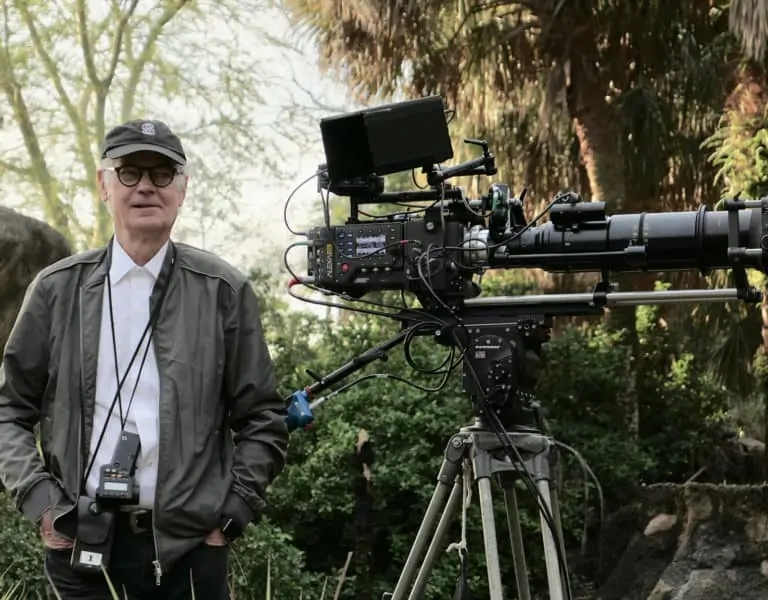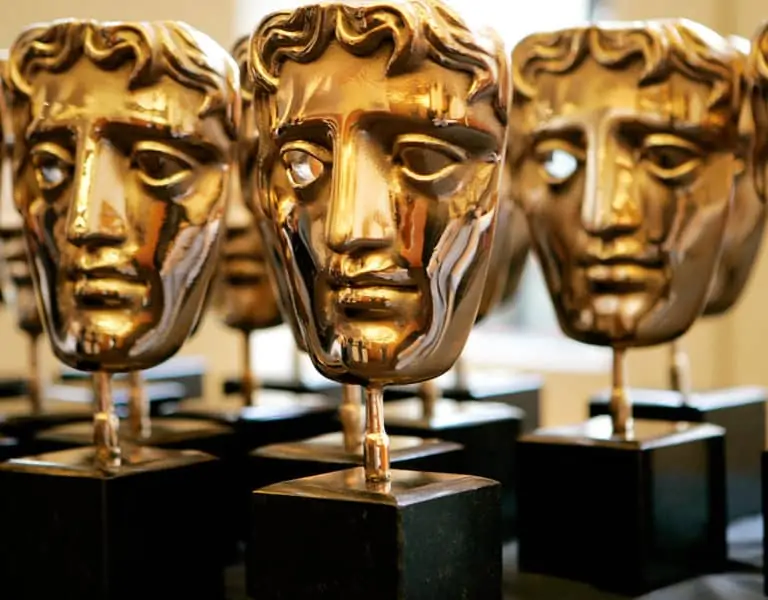Fang-tastic
Caleb Deschanel ASC / Abraham Lincoln: Vampire Hunter
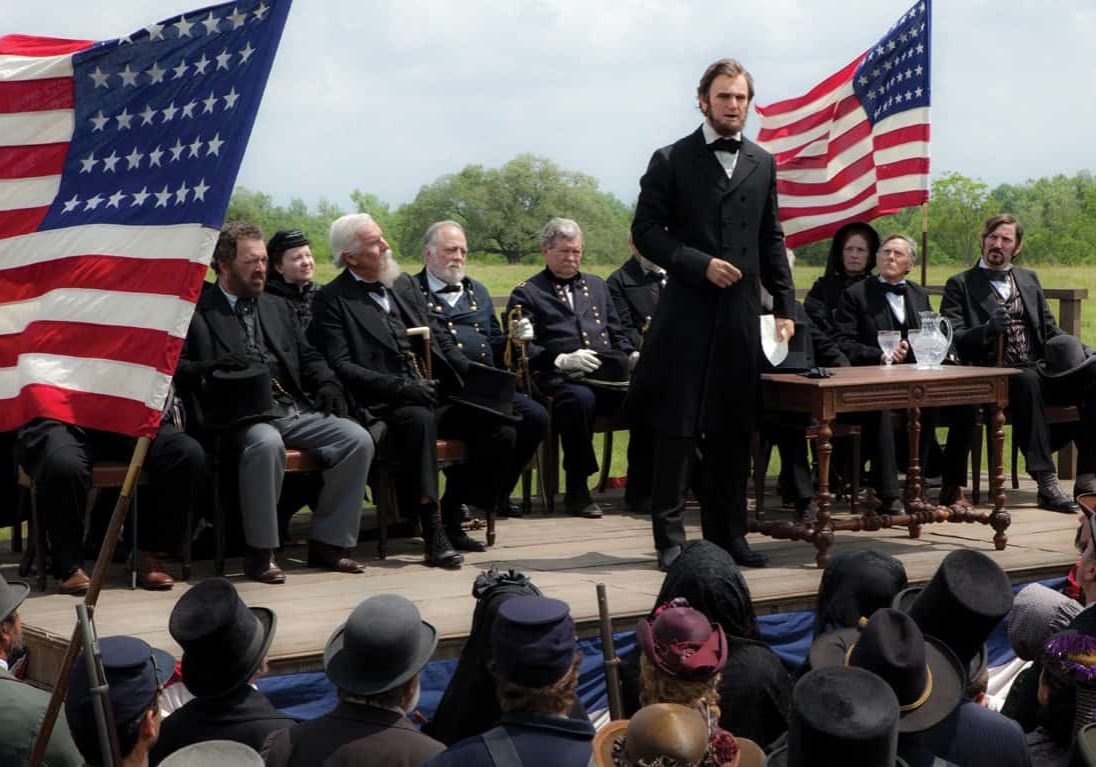
Fang-tastic
Caleb Deschanel ASC / Abraham Lincoln: Vampire Hunter
Abraham Lincoln: Vampire Hunter takes audiences on a journey to a time when the legendary American president was fighting for the survival of his nation. The enemies are vampires who are plotting to take over the country. The independent feature is based on a best-selling novel written by Seth Grahame-Smith who co-authored the script.
Lincoln was born in 1809 in a one-room log cabin on a farm in Kentucky. His mother died under suspicious circumstances when he was ten years old. Lincoln overcame formidable obstacles on his path to being elected president in November 1860. The Civil War began five months later when ten southern states seceded from the union. On January 1, 1863, President Lincoln issued The Emancipation Proclamation, which freed the slaves.
The script authored by Grahame-Smith is true to history with the exception of the role that vampires play. Lincoln’s battle with vampires begins when one of them kills his mother.
Caleb Deschanel ASC brought a broad base of eclectic experience to the project. He earned BSC and BAFTA award nominations for his first film, The Black Stallion, in 1979. Deschanel subsequently earned Oscar nominations for The Right Stuff (1983), The Natural (1984), Fly Away Home (1996), The Patriot (2000) and The Passion Of The Christ (2004). His peers lauded him with the ASC Lifetime Achievement Award in 2010.
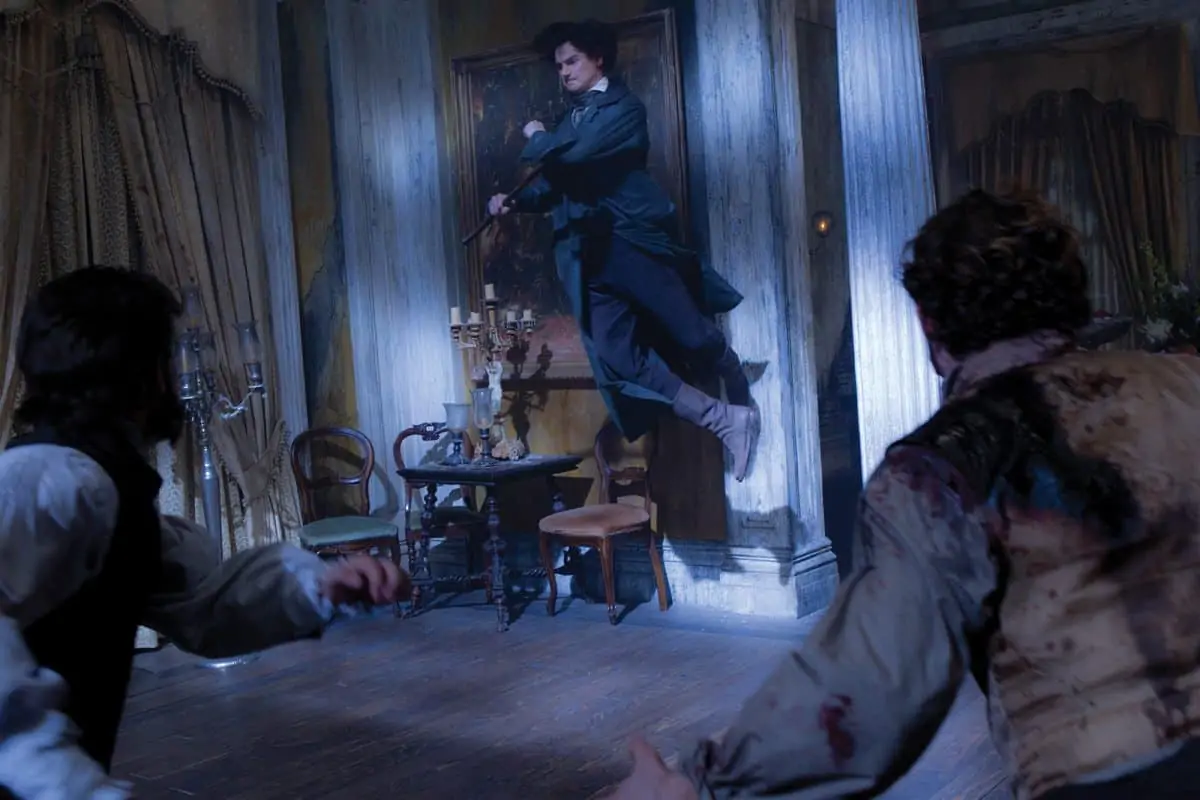
Abraham Lincoln: Vampire Hunter was Deschanel’s first collaboration with director Timur Bekmambetov, who began his career in Russia. His credits in his native land include several vampire films. Bekmambetov migrated to the United States in 2005.
The aesthetic challenges were creating images which transport audiences to the places and times where and when the story unfolds, whilst making Lincoln an empathetic character. Deschanel sought visual references in libraries and book stores. He found approximately 25 books with pictures taken during the Civil War and of Lincoln at various times in his life.
“Matthew Brady, Timothy O'Sullivan and other great photographers took amazing photographs,” he says. “It wasn’t like taking pictures today. They had to coat a piece of tin with caladium, which is kind of like a glue, and dip it in a silver nitrate solution in the dark. They put it in the camera and recorded a picture on it. Then, they took it out and developed it. They had to develop it pretty quickly before it set, because otherwise the image would be lost.”
Deschanel says that composing the film in wide screen 2.4:1 aspect ratio was an obvious decision, because backgrounds on battlefields and other scenes are like characters in the story. Most of the story takes place in Illinois, where Lincoln was raised, and in Washington DC.
Abraham Lincoln: Vampire Hunter was produced at practical locations in New Orleans and other places in Louisiana. Some sets were built in a former warehouse. An important scene takes place on a cliff overlooking a riverbed. The second unit shot background footage on location and facing an artificial cliff that was built behind the warehouse.
“We found appropriate locations, and when necessary, (production designer) François (Audouy) altered them so that they felt right for the time and place,” Deschanel says. “Our motivation for lighting was dictated by the period. If it was night, it was candlelight. If it was day, it was daylight. François and I got along really great. He made some alterations to the size of windows and the placement of things to accommodate lighting. Paul Olinde (gaffer) and I worked on lighting that would create a feeling of firelight with the right flickering effect.”
Benjamin Walker was cast in the role of Lincoln, whose face during his adult life is familiar to American and other Western audiences. The audience sees much of the story through his eyes. Deschanel cites his close collaboration with make-up designer Greg Cannom, who he credits with playing an important role in defining the transformation of Lincoln from boyhood to manhood, leading up to the day when he came on the set with a full beard. There were similar challenges making actors cast in the roles of vampires look and feel real.
“I brought George Scali onboard as the second unit cinematographer,” Deschanel says. “He and his crew worked on battle sequences and things we didn't have time to shoot. George was my assistant cameraman earlier in his career. He worked with the stunt people on some of the action sequences during the Civil War, and also some of the battles with the vampires. George did a terrific job of keeping everything in the style of what we were doing.”
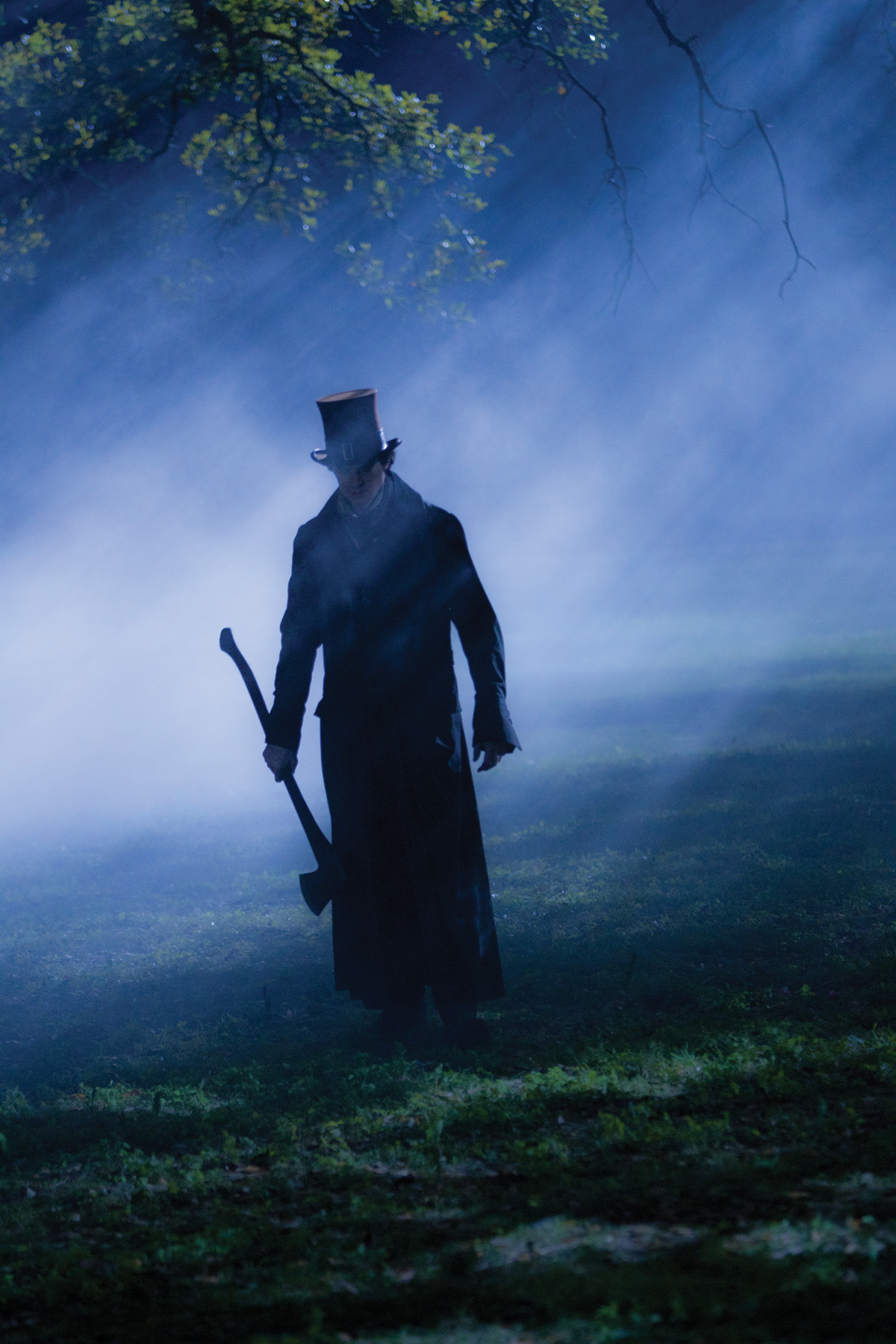
"Our motivation for lighting was dictated by the period. If it was night, it was candlelight. If it was day, it was daylight. François and I got along really great."
- Caleb Deschanel ASC
Abraham Lincoln: Vampire Hunter was primarily produced in digital format with ARRI Alexa cameras. Deschanel generally covered scenes with two cameras, sometimes more, depending upon the action. He generally kept the cameras at a similar angle to keep lighting consistent, rather than at cross angles.
“A lot of the film was shot with cameras on dollies and cranes,” he says. “When we got into battle and other action sequences, it was much more handheld.”
Action and other scenes that take place in slow-motion were recorded on Kodak Vision 5219 500T and Kodak Vision 5213 200D 35mm color negative film with ARRI 435 cameras. Deluxe Lab, in Los Angeles, processed the negative and provided dailies on BluRay DVDs. Deschanel had a projector and a six foot-wide screen in his hotel room. “At the end of the week, my crew and I watched dailies together,” Deschanel says.
After editing was completed, Deschanel timed the digital intermediate with colorist Dave Cole at LaserPacific in Los Angeles.
“To me, a movie doesn't exist until it's edited,” Deschanel says. “The way it's cut affects every scene. Until you see that, you can’t make final decisions about the look. Benjamin Walker is great in the role of Abe Lincoln. You feel like you are there when he delivers the Gettysburg Address. Martin Csokas plays one of the vampires. That aspect of the movie takes on a life of it's own. It was kind of fascinating making a historical film with vampires. The challenge was finding the right balance of the two genres."

